There are recommendations to reduce intake of glucose by changing food habits or increase the burn of glucose by exercise. Losing weight, getting regular exercise can all help improve your insulin sensitivity. Exercise can increase sensitivity to insulin, which helps the body remove sugar from the blood more efficiently. During exercise, muscle cells use sugar as fuel, thus increasing insulin sensitivity. If it is burning sugar in this way, the body does not need as much insulin to remove sugar from the blood.
Mitochondrial dysfunction has been implicated in the pathogenesis of insulin resistance in skeletal muscles which are major burn house of glucose. Mitochondria are highly dynamic organelles of each cell which adopts to short- and long-term metabolic disturbance by undergoing fusion and fission cycles, spatial rearrangement of the electron transport chain complexes into super complexes and biogenesis. Boosting mitochondrial function is a valuable therapeutic tool to improve insulin sensitivity. Exercise induces mitochondrial function and burns glucose and lipids. Dieticians recommend diet plans and exercises to improve disease conditions. These measures might be difficult to follow but are effective long term.
To improve the burn rate of glucose as well as lipids which are stored or in circulation, there is a possibility to increase mitochondria driven beta oxidation. There are few transcription factors which govern mitochondrial biogenesis. Peroxisomes proliferator-activated receptor γ co-activator1α (PGC1α), TFAM, NRF1, NRF2 other epigenetic enzymes as SIRT1, SIRT3 and several other enzymes governs the increase mitochondria numbers. These transcription factors and enzymes can be enhanced with dietary supplements which works by increasing mitochondrial functions as well as increasing numbers. Alpha lipoic acid (ALA), Resveratrol induce PGC1α and SIRT1 which increase mitochondria numbers. ALA has been clinically proven to boost metabolism and increase sensitivity. Resveratrol is known activator of SIRT1 which induces mitogenesis.
Functions of mitochondria is mainly driven by beta oxidation which involves several key components as Co enzyme Q10 (CoQ10), Carnitine, nicotinamide adenine dinucleotide (NAD+) which helps to improve functionality of mitochondria. Supplementation of these ingredients as dietary supplement boost mitochondria driven beta oxidation and generate ATP as energy source.
During beta oxidation, Glucose is a major source of energy which mitochondria utilizes. Enhancing beta oxidation eventually utilize glucose. Similarly, lipids are also getting utilized in form of Acetyl CoA precursor of energy burning by mitochondria. To enhance beta oxidation process, few supplements as Hydroxycitric acid, Chlorogenic acid support mitochondrial functions. During the functioning of mitochondria, certain free radicals are also generated which should be quenched by antioxidants such as EGCG (from green tea) and Gallic acid (from Arjuna bark extract).

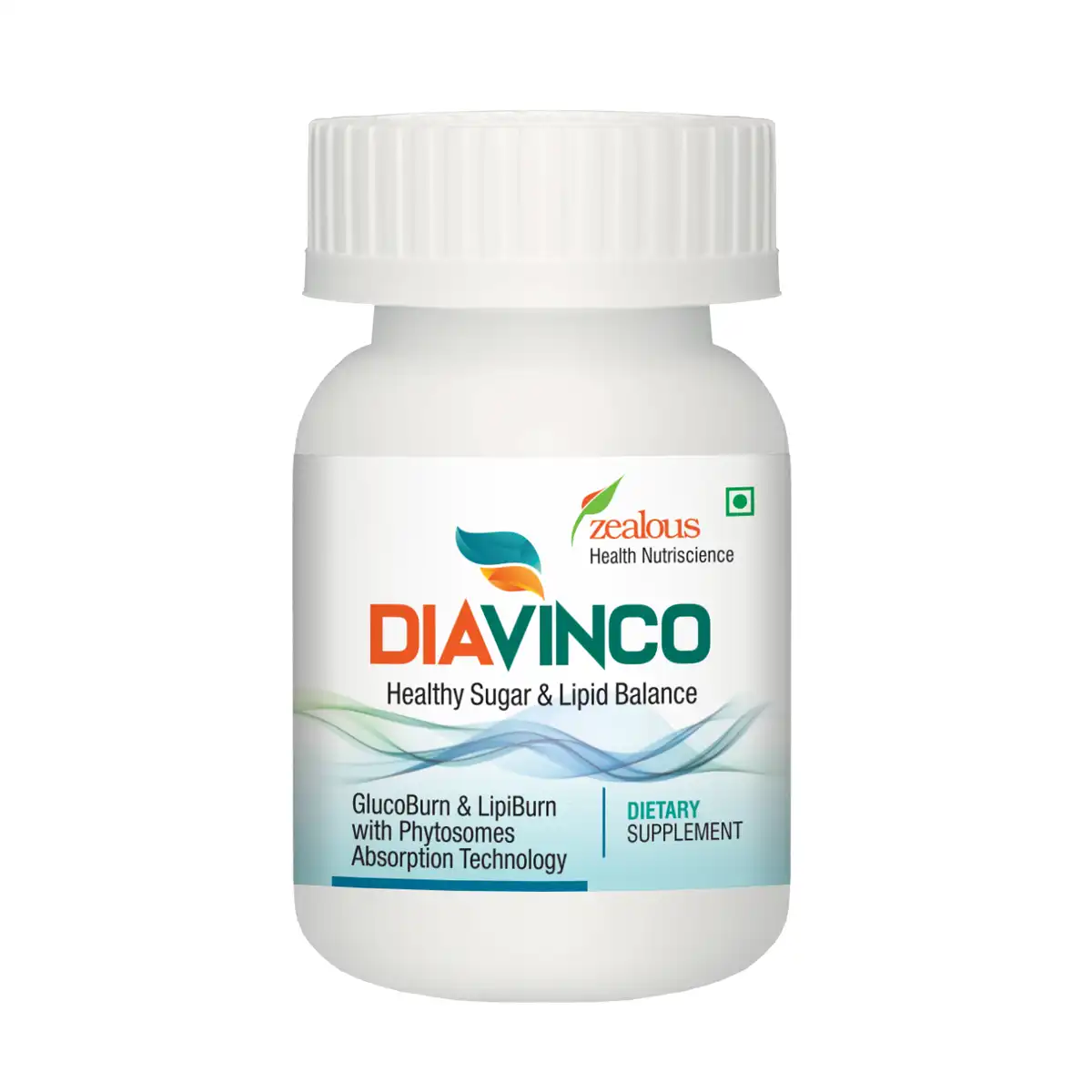
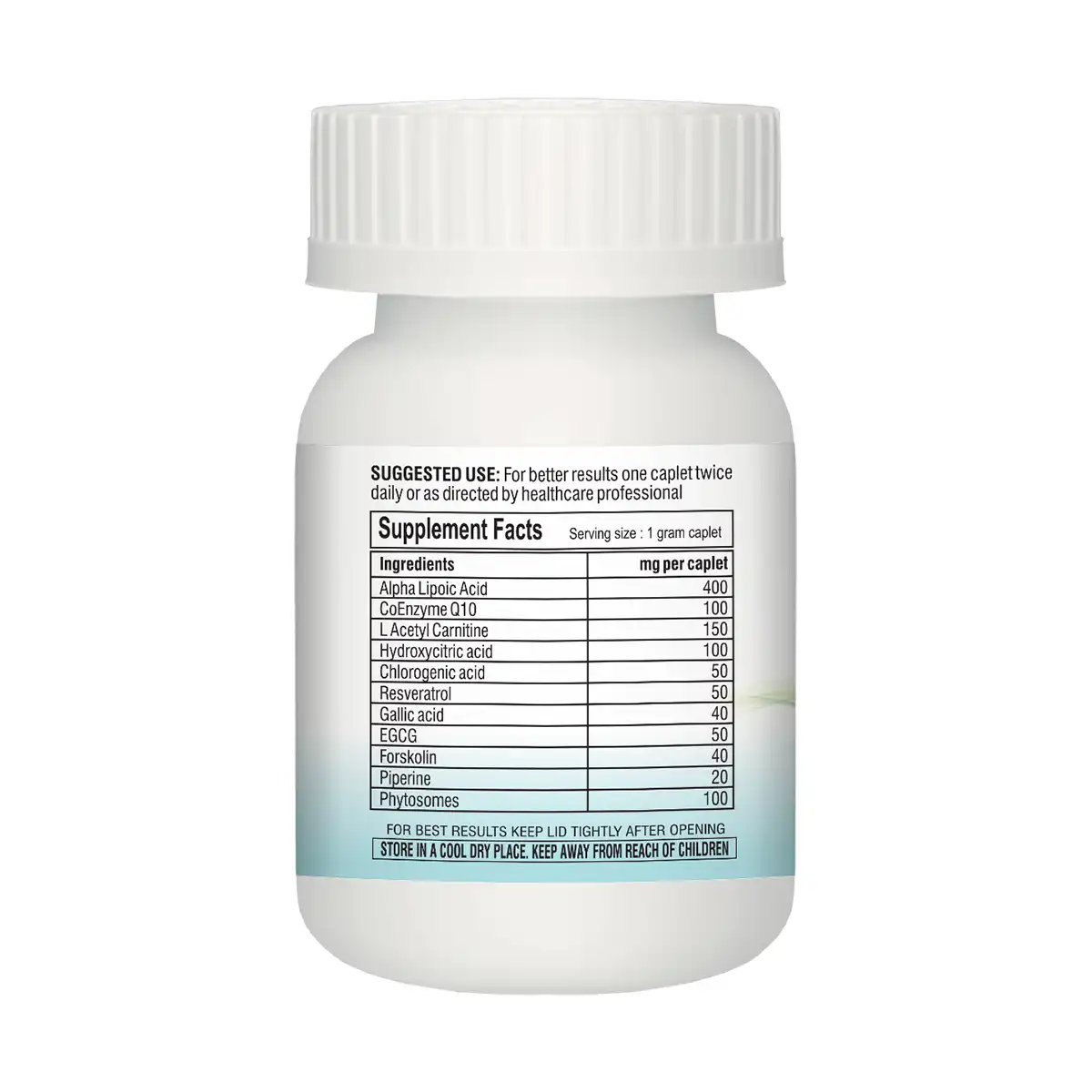
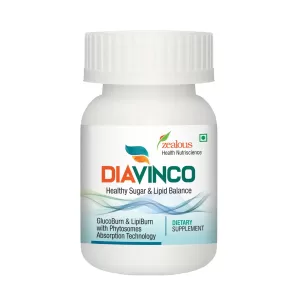
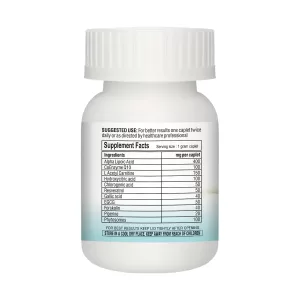
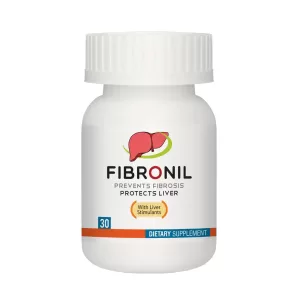
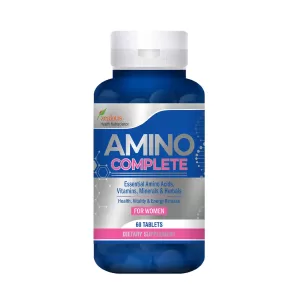

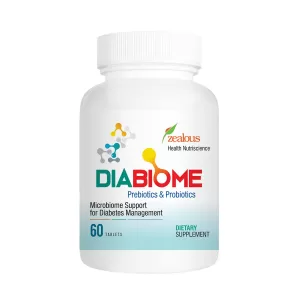

Reviews
There are no reviews yet.